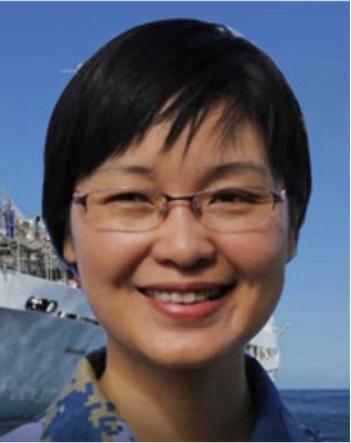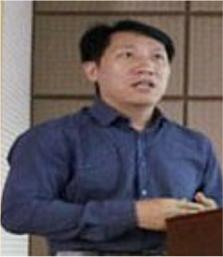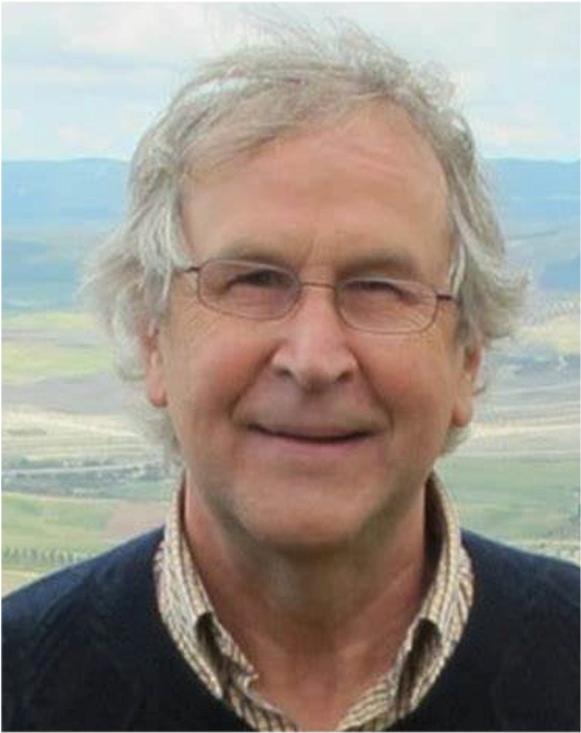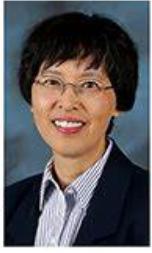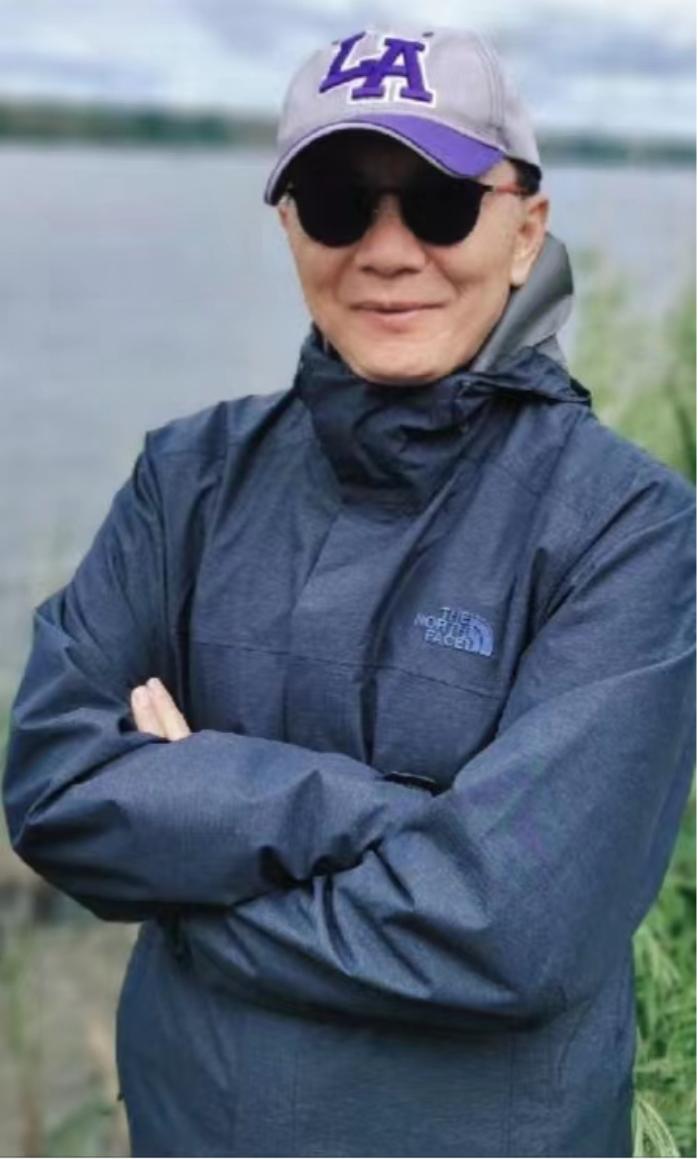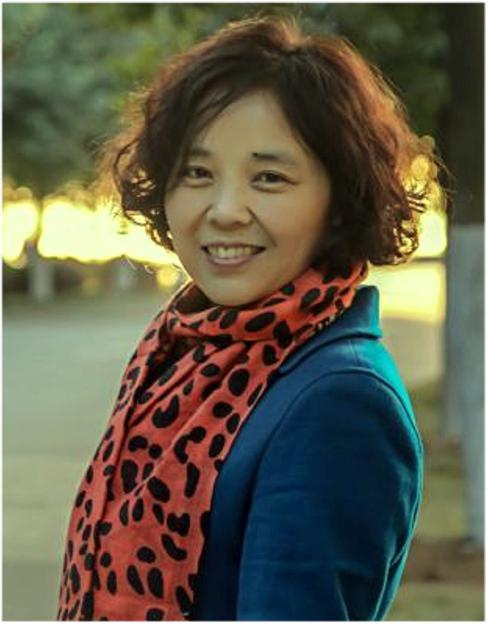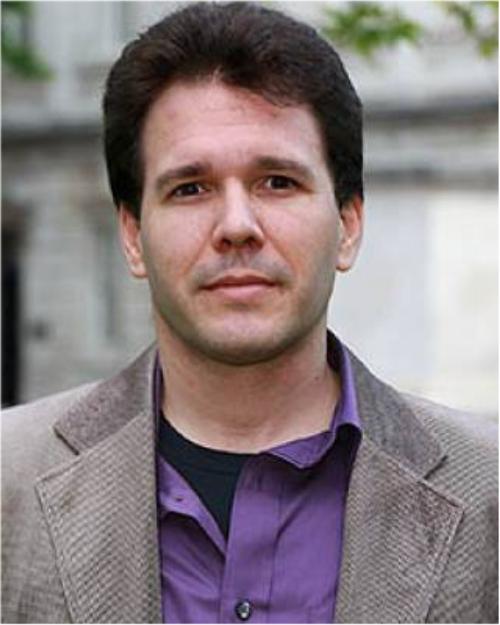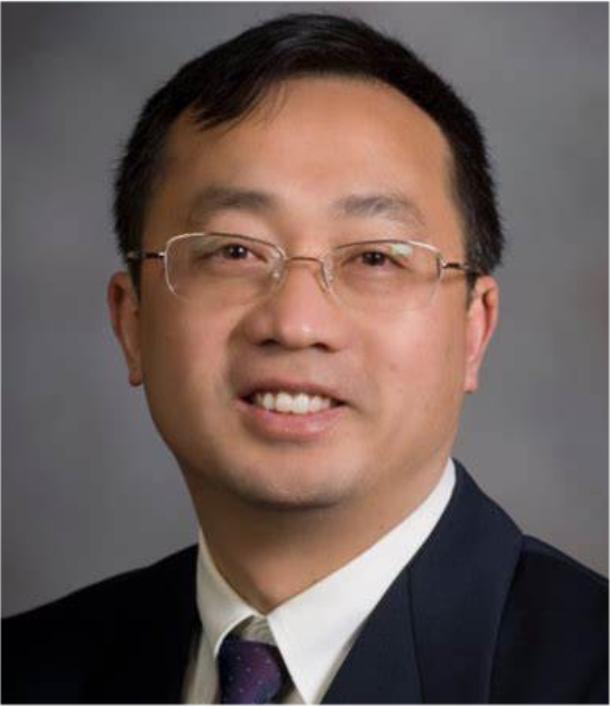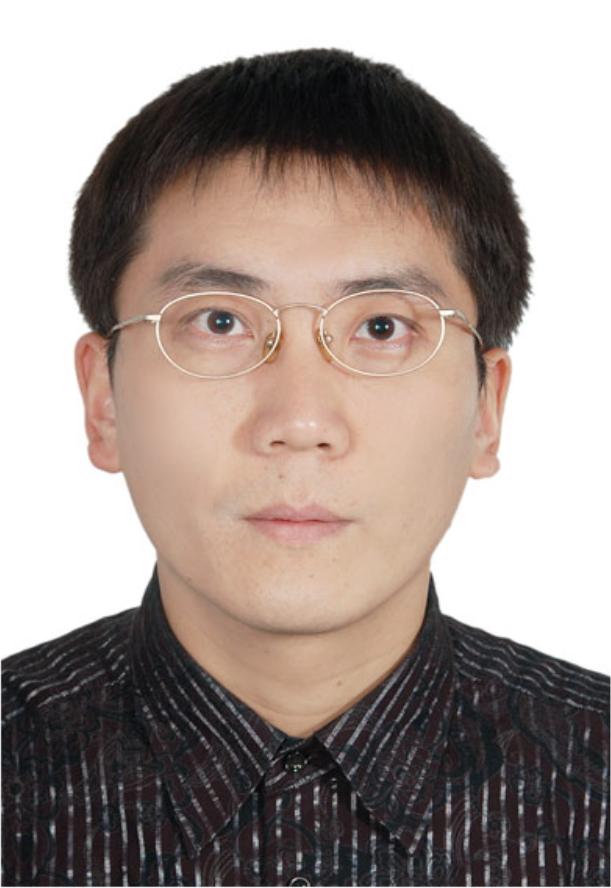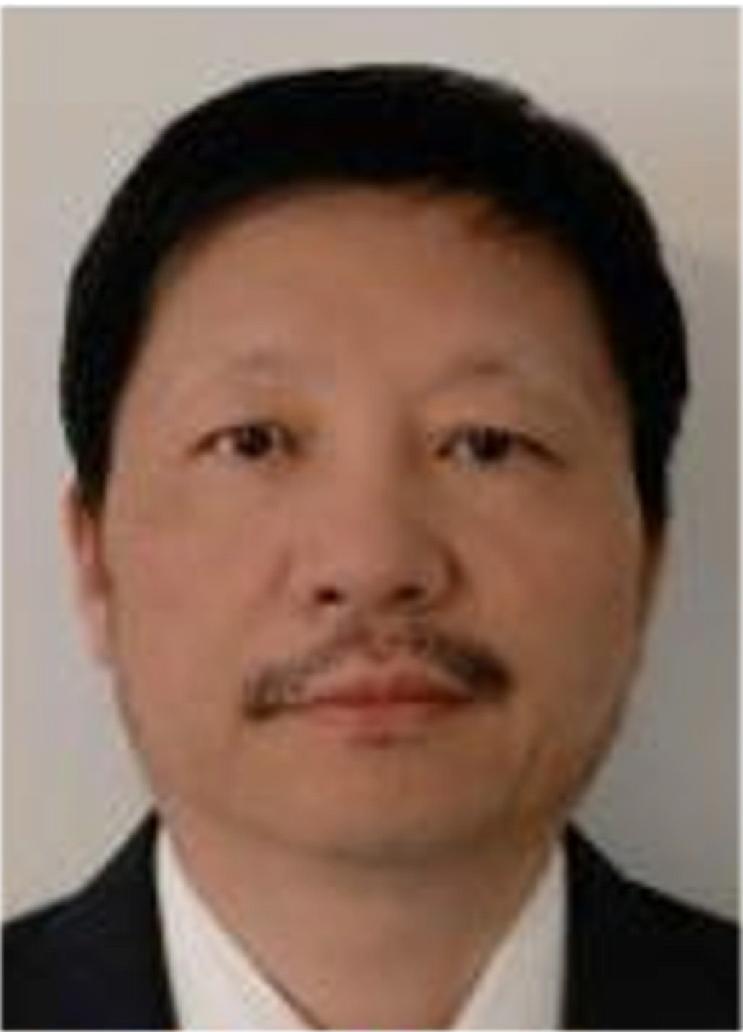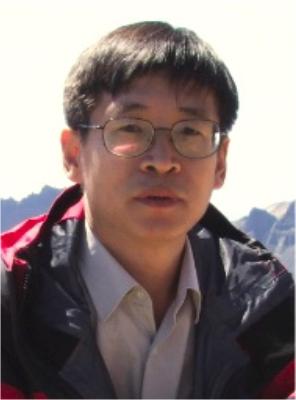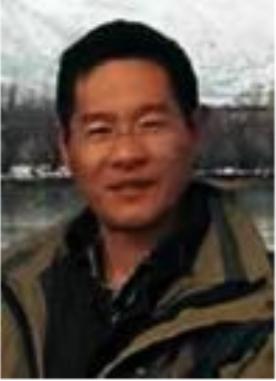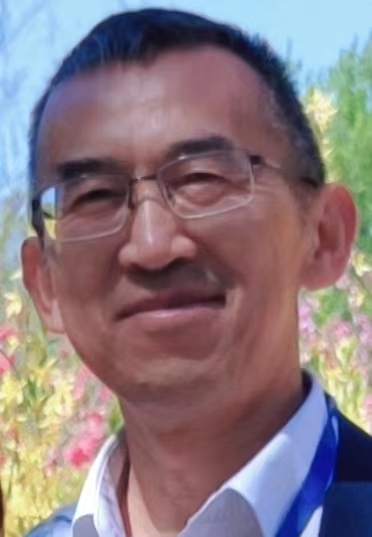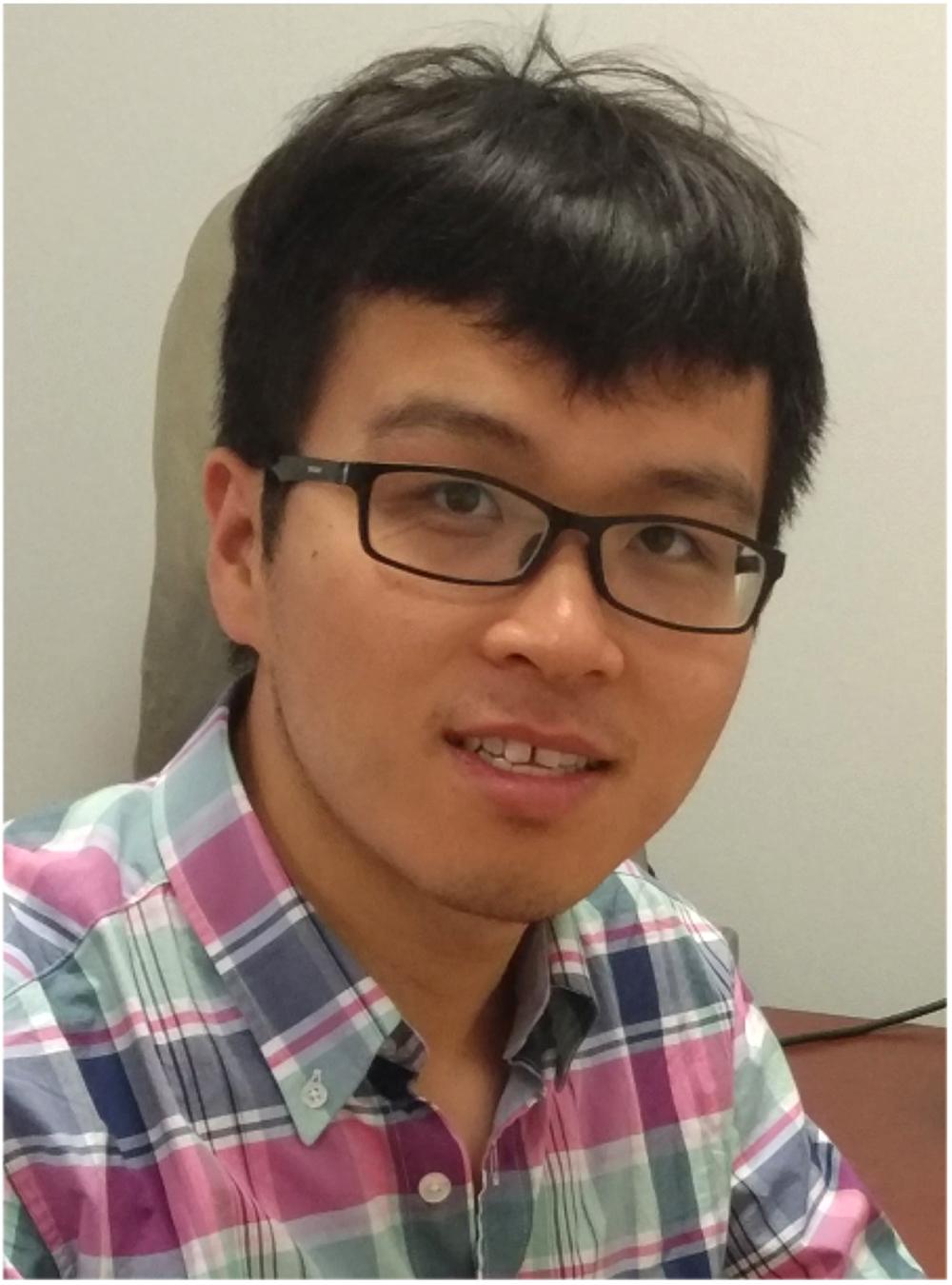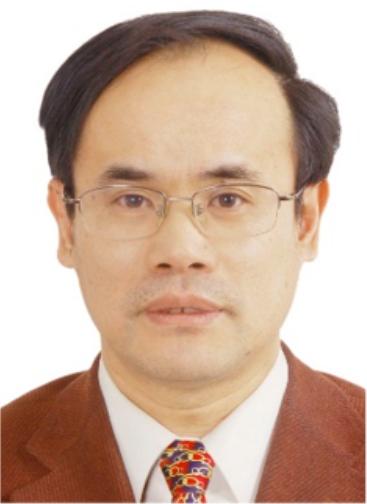Invited plenary oral presentations
(1) Advances in study of
hydrothermal outlets of mid-ocean ridges (ocean black chimneys)
—by Xi-Qiu Han, research fellow
from the Second Institute of Oceanology, Ministry of Natural Resources, and outstanding Chinese scientist in oceanic
research.
<The remote, mysterious “black chimney” surrounding the hydrothermal outlets at
mid-ocean ridges are dark, hot (<350°C) and anoxic, inhabited
by unusual communities and are producing particular mineral assemblage, and may
be the place where the earliest life formed.>
Prof. Xi-Qiu Han
(2) Advances in the study of
life on Mars
—by Giorgio Bianciardi, professor from University of Siena, Italy,
outstanding scientist in astrobiology.
<Is there life on Mars? If there's microbialites,
there's life. Is there life on Mars? Let's listen to Professor Giorgio Bianciardi’s story.>
(3) Evidence for microbial origin
of BIF iron ores
—by Yi-Liang Li, professor from University of Hong Kong,
outstanding scientist in astrobiology
<BIFs, banded iron construction, is
the main type of iron ores. Most BIF researchers believe that BIFs are
sedimentary in origin, but some have found evidence of action of microbes in
BIF formation. Let's listen to Professor Yi-Liang’s story.>
(4) Advances in research of
modern microbialites in the Bahamas
—by Robert Riding, a research Professor at Department of Earth and Planetary Sciences,
University of Tennessee, Knoxville, USA, and internationally renowned scientist on microbialites.
<One of most famous
places of modern microbialites is the Bahamas. Let's listen to renowned
Professor Riding talk about the main features of the modern microbialites in
the Bahamas.>
(5) Progress in research of modern
microbialites in Australia
—by Robert
Burne, professor from the University of Queensland, Australia, and internationally
renowned scientist on microbialites.
<The modern microbialites at Shark Bay, Australia are worldly famous. Let’s listening to Professor Robert Burne’ s talk about Australian modern microbialites.>
(6) Progress in research of the
global carbon cycle mechanism
——by Li-Yuan Liang, the late chief scientist of Oak Ridge National Laboratory, USA, currently a research Professor at Department of Earth and Planetary Sciences, University of Tennessee, Knoxville, USA.
<The global carbon cycle is the focus of global attention. We want know how the formation of bioliths affects the global carbon cycle. Therefore, it is necessary to know the current status of the study of global carbon cycle. Let's listen to Professor Li-Yuan Liang’s talk.>
(7) Advances in research of origin
of dolomites
—by Hai-Ruo Qing, professor from
the University of Regina, Canada, and internationally renowned
scientist on dolomite research.
<Dolomite is one of the most
important oil and gas reservoir types. The origin of dolomites is a global
problem. In the past, it was thought that the dolomite was of inorganic origin,
but now it is thought that some of the dolomite may be of microbial origin.
What is the new progress in the study of dolomite origins? Let's listen to
Professor Hai-Ruo Qing's talk.>
(8) Progress in research of
microbial dolomites
—by Hong-Mei
Wang, professor from the China University of Geosciences at Wuhan, outstanding
scientist in geobiology.
<Professor Wang Hongmei's team has
been doing experimental research on the formation of dolomite induced by
microorganisms. We'd love to hear about their research.>
(9) Progress in early microbial
communities on Earth
—by Dominic
Papineau, professor (associate) from University College London, outstanding
scientist on Precambrian life and geology.
<Without life, there would be no
biolith. So we have been concerning about the origin and evolution of life.
Professor Dominic Papineau's team found the oldest microbial fossils on Earth. Let's
listen to his talk.>
(10) Advances in study of the
evolution of life in Precambrian period
—by Shu-Hai Xiao, professor from Virginia Tech University, and member of the National Academy of Sciences, internationally renowned scientist on life evolution.
< The Precambrian
period is the most important period in the evolution of life. What major evolutionary
events occurred in the Precambrian period? Let's listen to Professor Shu-Hai Xiao's talk.>
(11) Evolution of marine ecosystem
and origin of mineral skeletons during the Ediacaran-Cambrian transition:
pattern and drivers
—by Rachel Wood, professor at the University of
Edinburgh, United Kingdom, fellow of the Royal Society, internationally
renowned scientist on reefs and evolutionary paleobiology.
<Biomineralization is one of the
core contents of biopetrology. what’s that pattern and
driving factors of the first appearance of calcareous metazoan skeletons in the
Ediacaran-Cambrian transition? Let's listen to Professor Rachel Wood’s talk.>
(12) Formation
mechanism of modern travertines in Jiuzhaigou and Huanglong World Heritage
—by Hai-Long Sun, associate professor from Institute of Geochemistry, Chinese Academy of Sciences, outstanding younger scientist.
<The travertine landscapes in Jiuzhaigou and Huanglong, Sichuan Province, China, are as beautiful as the Yellowstone National Park in the United States. The formation of the travertines, the main character of the landscape, involves both physical-chemical factors and microbial actions. What factors are controlling the formation of the travertines? Let’s listen to Professor Hai-Long Sun’s talk.>
(13) Genesis of microbial travertine in China and their protection
—by Qun-Wei Dai, a famous professor at the Southwest University of Science and Technology, Secretary-General of the World Travertine Natural Heritage Research and Protection Alliance.
<What microbes are involved in the formation of the travertines? >
(14) The
energy basis and molecular mechanism of deep-time iron and manganese
minerals-microbial co-evolution
—by Juan Liu, research fellow from Peking University, outstanding younger scientist.
<The formation mechanisms of large layered iron and manganese ore deposits is not only a significant scientific problem but also an important issue concerned by the industry. The importance of microorganisms in the formation of large iron and manganese ores has become a hot topic in earth science. How to understand the roles of microorganisms in the formation of iron and manganese minerals from the molecular level? Let's listen to Professor Juan Liu's talk.>
(15) Mineral-Microbe Interactions and
Coevolutions: Mechanisms and Applications
—by Hai-Liang Dong, professor from China
University of Geosciences (Beijing), Director of the Geomicrobiology Branch of
the Chinese Society of Microbiology
<In geological history, minerals and microbes
interact and co-evolve, making them become more and more diverse, their
structures and functions become more and more complex. What is the mechanism? >
(16) impact
of Volcanic eruptions on paleoclimates
—by Zheng-Fu Guo, research fellow from Institute of Geology and Geophysics, Chinese Academy of Sciences, outstanding younger scientist, the vice chairman and secretary-general of Chinese National Committee for International Association of Volcanology and Chemistry of the Earth's Interior.
<Climates influence biolith formation. Global volcanic eruptions have a major impact on the global carbon cycle and climates. How does recent volcanic activities affected the carbon cycle and global climates? Let's listen to Professor Zheng-Fu Guo's report.>
(17) Progresses in study of classification
and ecology of cyanobacteria
—by Gong-Liang Yu, an associate
research fellow at Institute of Hydrobiology, Chinese Academy of Sciences, and
a famous expert in cyanobacterial taxonomy.
<Cyanobacteria are the main microbes to form microbial rocks>
(18) Introduction
to the new discipline biopetrology: innovative methods and promising
prospects
—by Ya-Sheng Wu, president of the Academic Committee of the International Biopetrological Association, and professor of University of Chinese Academy of Sciences.
< Biopetrology is the integration of five major research fields, including the study of biomineralization, the study of modern and ancient microbial rocks, and the study of present-day and deep-time organic reefs. How to promote the discipline to develop? The innovation of research methods is the most important way. So far, my thinking has led to five innovative approaches. The application of new methods is the guarantee of the fast development of the discipline and will lead the discipline to a bright future.>
(19) Late Paleozoic glaciation and reef
evolution
—by Le Yao, an associate
research fellow at Nanjing Institute of Geology and Paleontology, Chinese
Academy of Sciences.
<How the large glacial event impacted the Late Paleozoic reef systems?>
(21) Introduction
to palaeogeography and the International Society of Palaeogeography
—by Sheng-He Wu, professor from China University of Petroleum, and the president of the International Society of Palaeogeography, outstanding scholar.
<The study of bioliths should contribute to solving the problems of paleogeography. What kind of development process has paleogeography gone through? What lessons can it provide for biopetrology? Let's listen to Professor Sheng-He Wu’s talk.>
